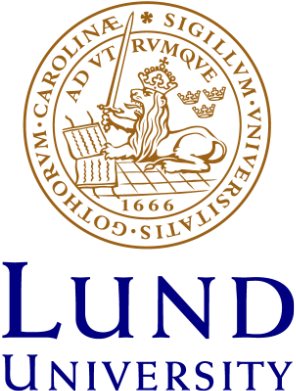PNPLA3 variant M148 causes resistance to starvation-mediated lipid droplet autophagy in human hepatocytes
The mechanism of how patatin-like phospholipase domain-containing protein 3 (PNPLA3) variant M148 is associated with increased risk of development of hepatic steatosis is still debated. Here, we propose a novel role of PNPLA3 as a key player during autophagosome formation in the process of lipophagy. A human hepatocyte cell line, HepG2 cells, expressing recombinant I148 or 148M, was used to study
